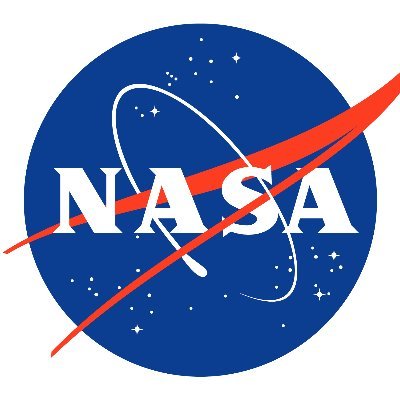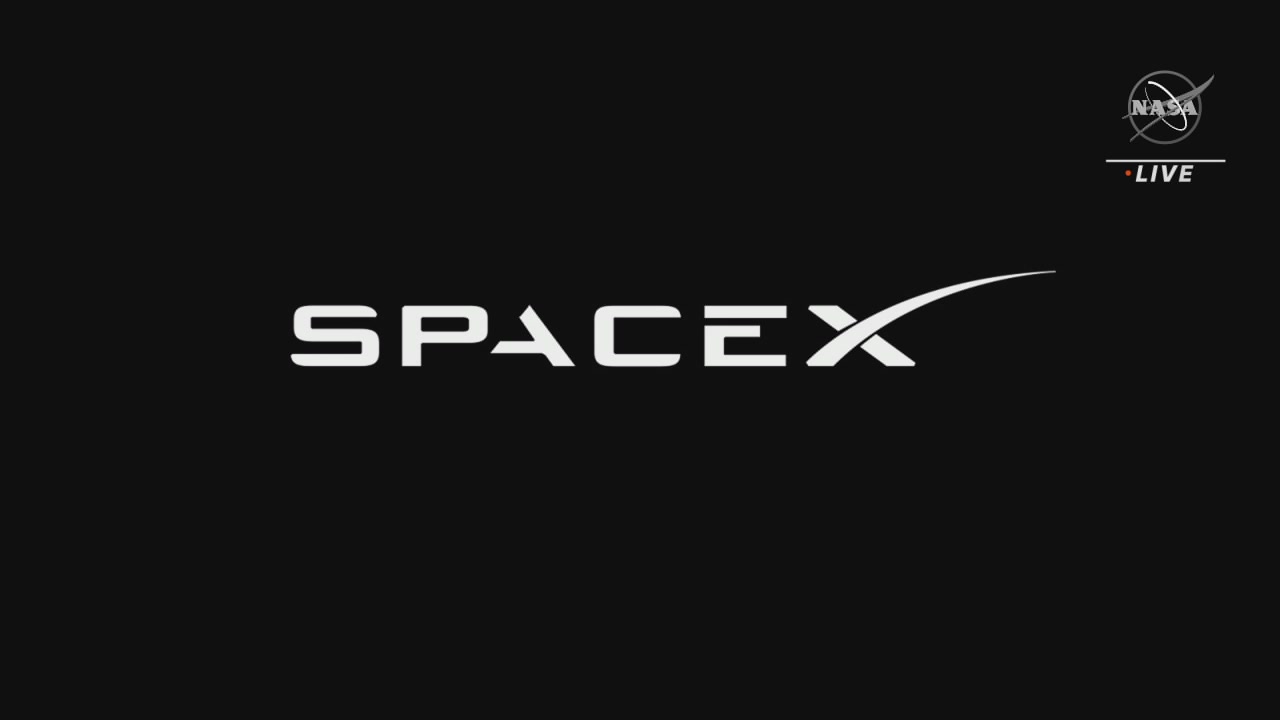🦉 Duo bingo: captured a bright variable star and its smaller companion star in the upper left of this composite image. Both lie in the Orion Nebula, a colossal region of star formation roughly 1,450 light-years from Earth: go.nasa.gov/3Y9idwJ
NASA
@NASA
There's space for everybody. 

NASA’s Tweets
This Week at NASA: Remembering our fallen heroes, announcing new engine propulsion technology, and meeting #Crew6, set to launch to the in February. Sign up and be our virtual guest at launch: go.nasa.gov/3WIjjym
73
282
2,281
We’re testing software developed by to help cut your tarmac wait times and make U.S. aviation carbon neutral by 2050.
In just one year, saved 24,000 pounds of jet fuel and stopped 77,000 pounds of carbon dioxide emissions using it: go.nasa.gov/3J6b8Zq

read image description
ALT
87
276
2,303
Last day to apply for the opportunity to watch #Crew6 astronauts launch from ! Whether you have 5,000 or 50 followers, now is your chance to tour NASA facilities behind-the-scenes and share with your audiences: go.nasa.gov/3jdX85q
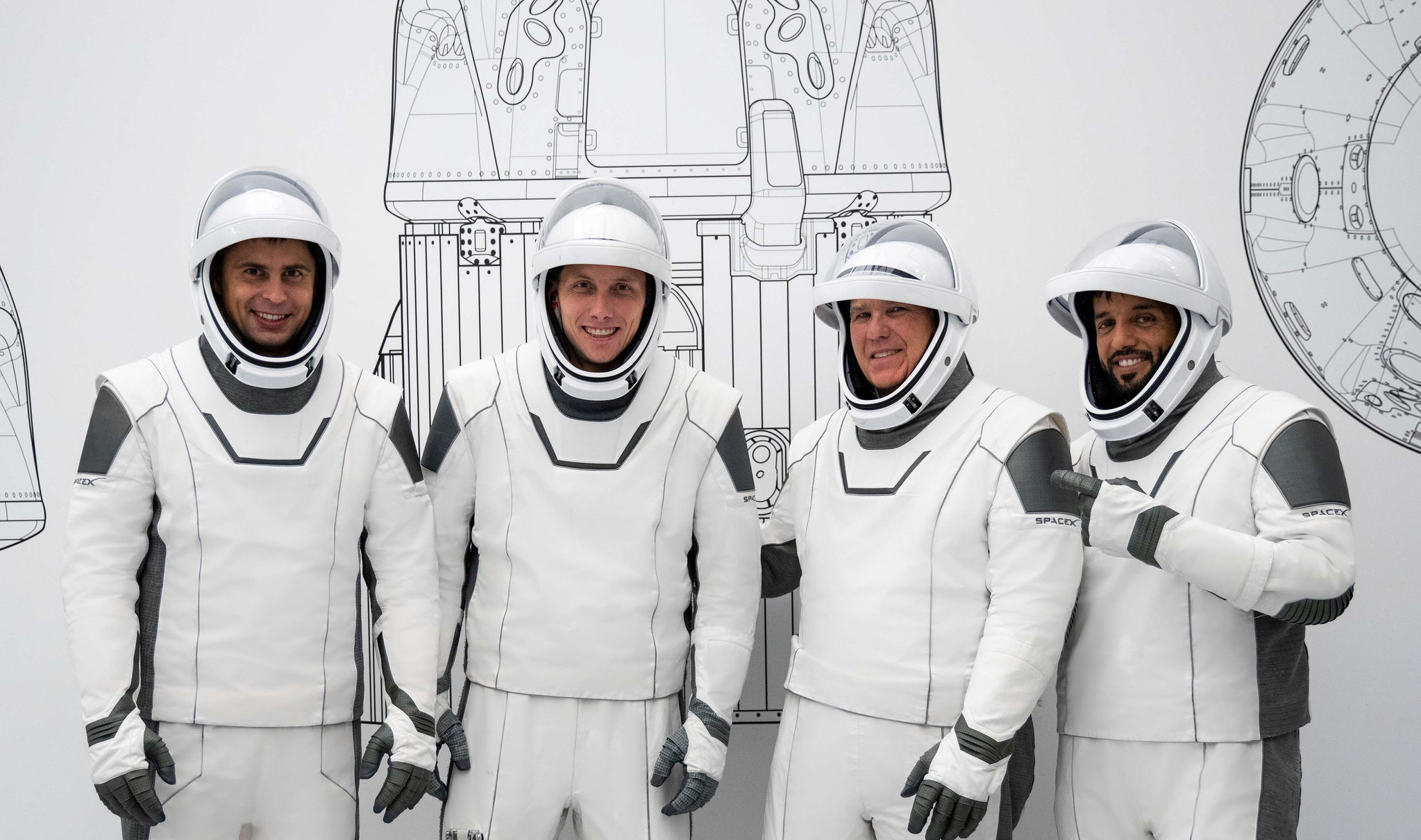
read image description
ALT
115
411
3,827
On our Day of Remembrance, we pause to honor all who have perished in the pursuit of space exploration. NASA Admin paid tribute at the memorials for the crews of Apollo 1, Challenger, and Columbia today #NASARemembers 📷flic.kr/s/aHBqjApM8B
30
183
1,206
At we have dedicated teams who watch the skies to make sure we are safe from hazardous asteroids.
Today's asteroid flyby is one of the closest ever recorded, but our #PlanetaryDefense experts have been tracking the asteroid and know it's not a threat to Earth.
Quote Tweet
A newly discovered asteroid, named 2023 BU, is expected to make one of the closet approaches by a near-Earth object ever recorded. Thanks to diligent teams of #planetarydefense experts, we know It poses zero risk to Earth.
Learn why: go.nasa.gov/3JfQi9W
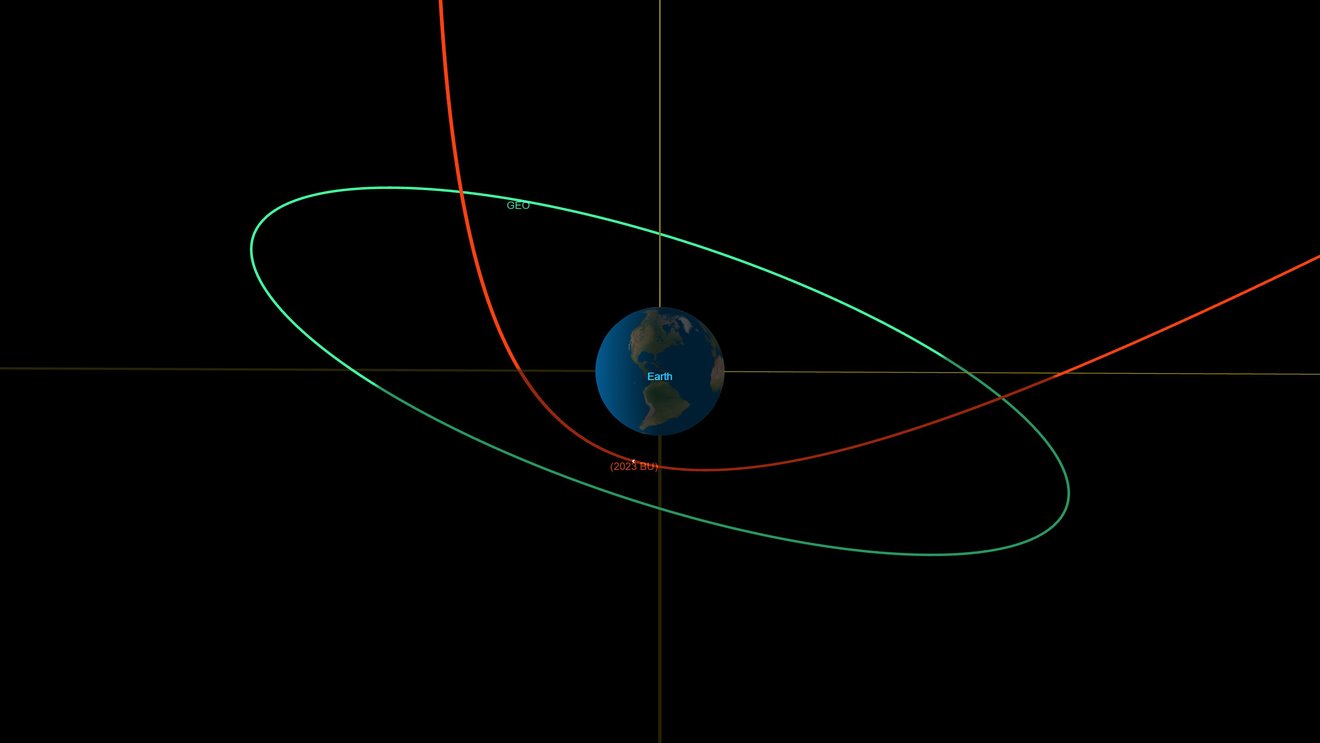
75
223
1,080
Today marks ’s annual Day of Remembrance—a time to reflect on the legacy of those we’ve lost in our pursuit of discovery and exploration. The crews of Apollo 1 and Space Shuttles Challenger and Columbia are always in our hearts as our Nation continues their legacy.
225
532
2,989
LIVE NOW: #NASARemembers the crews of Apollo 1 and space shuttles Challenger and Columbia, as well as other astronauts who lost their lives in the pursuit of spaceflight.
33
303
1,751
We work to never repeat mistakes from our past. On our Day of Remembrance, we honor all of our fallen heroes, including the crews of Apollo 1, Challenger STS-51L, and Columbia STS-107: go.nasa.gov/3Y1j7uS
Feb. 1 marks 20 years since the Columbia tragedy. #NASARemembers
183
1,619
6,587
Greenhouse gas emissions decreased a little during the first year of the COVID pandemic, but was it enough to make a lasting impact? scientist Leslie Ott explains.
111
212
1,392
Peek-a-boo 🫣
This is Webb's 1st look at a stellar occultation (when a foreground object passes in front of a star from our viewpoint on Earth). The moving object here is Chariklo, a small icy body between Saturn and Uranus, and the star is at the center. go.nasa.gov/3wxv8wB

GIF
read image description
ALT
63
929
5,645
Show this thread
LIVE NOW: We're talking about #Crew6, our next crewed mission to the , lifting off from no earlier than Feb. 26.
55
329
2,284
Virginia is for Launch Lovers! 🚀 's first Electron launch from the U.S. took flight from Wallops Tuesday, Jan. 24, at 6 p.m. EST. Learn more about NASA's new flight termination system that helped enable this launch: go.nasa.gov/3WCx01N
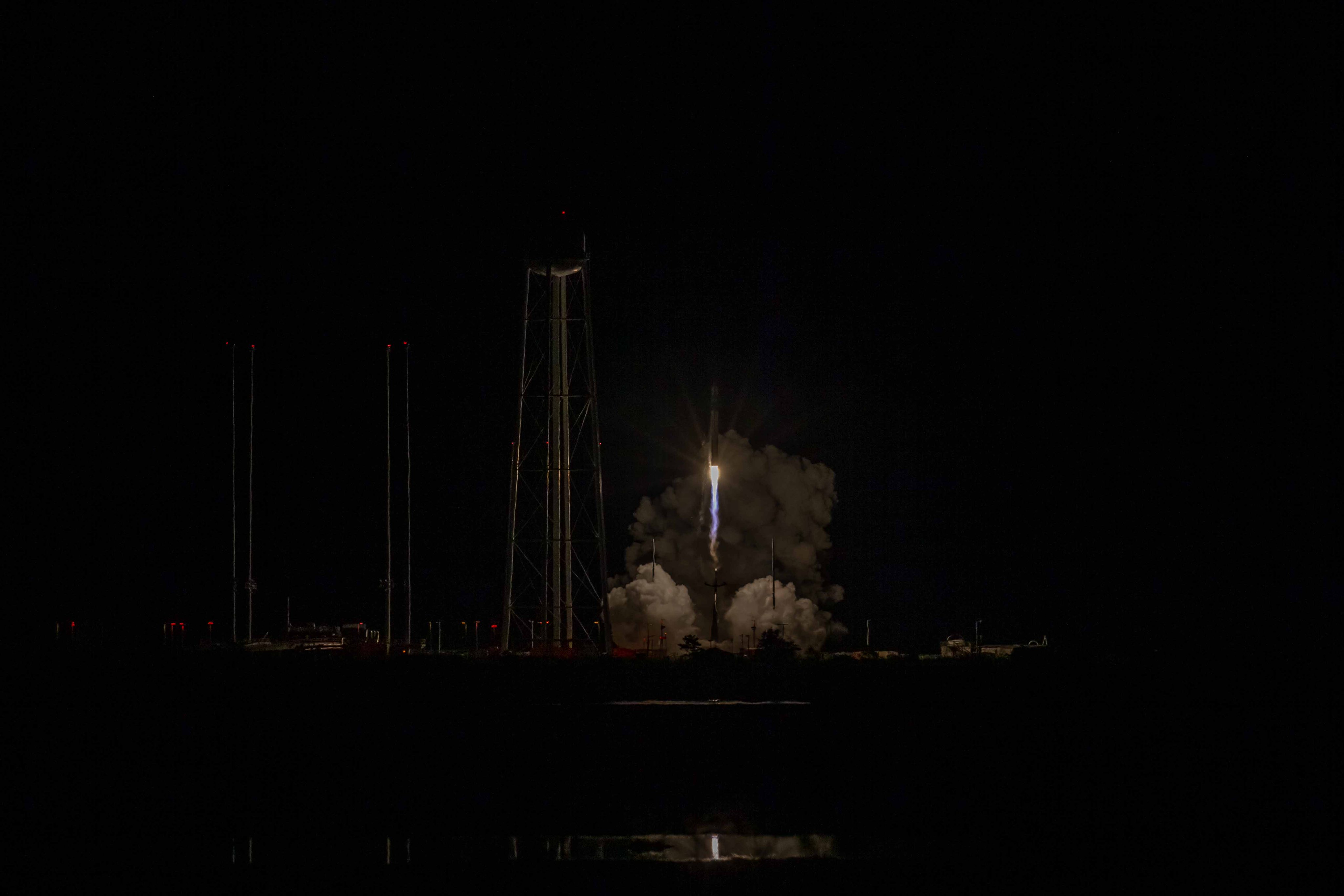
read image description
ALT
59
262
1,752
Tonight's launch window for Rocket Lab's first Electron launch from Wallops opens at 6 p.m. EST. Weather continues to be 90% favorable for launch.
For those along the East Coast, weather permitting, you may catch a glimpse of Electron's flight. go.nasa.gov/3GXgwg4

read image description
ALT
61
300
1,401
Our speakers:
: Liz Landau, host and science communicator
: Lee Feinberg, Webb telescope and optics lead
: Naomi Rowe-Gurney, planetary scientist
: Klaus Pontoppidan, Webb project scientist
24
72
516
Show this thread
LIVE NOW: #OTD one year ago, the telescope made it to its home 1 million miles away. How has it revolutionized our understanding of the cosmos since? Ask mission experts your questions on air, or tag them #UnfoldTheUniverse.
45
223
1,517
Show this thread
In 2022, NASA-developed Search and Rescue technologies assisted with the rescue of 397 lives in the U.S. region.
If you use a personal-locator beacon while hiking, the same tech that will help us locate astronauts on splashdown is there for you, too. go.nasa.gov/3JeCuwu
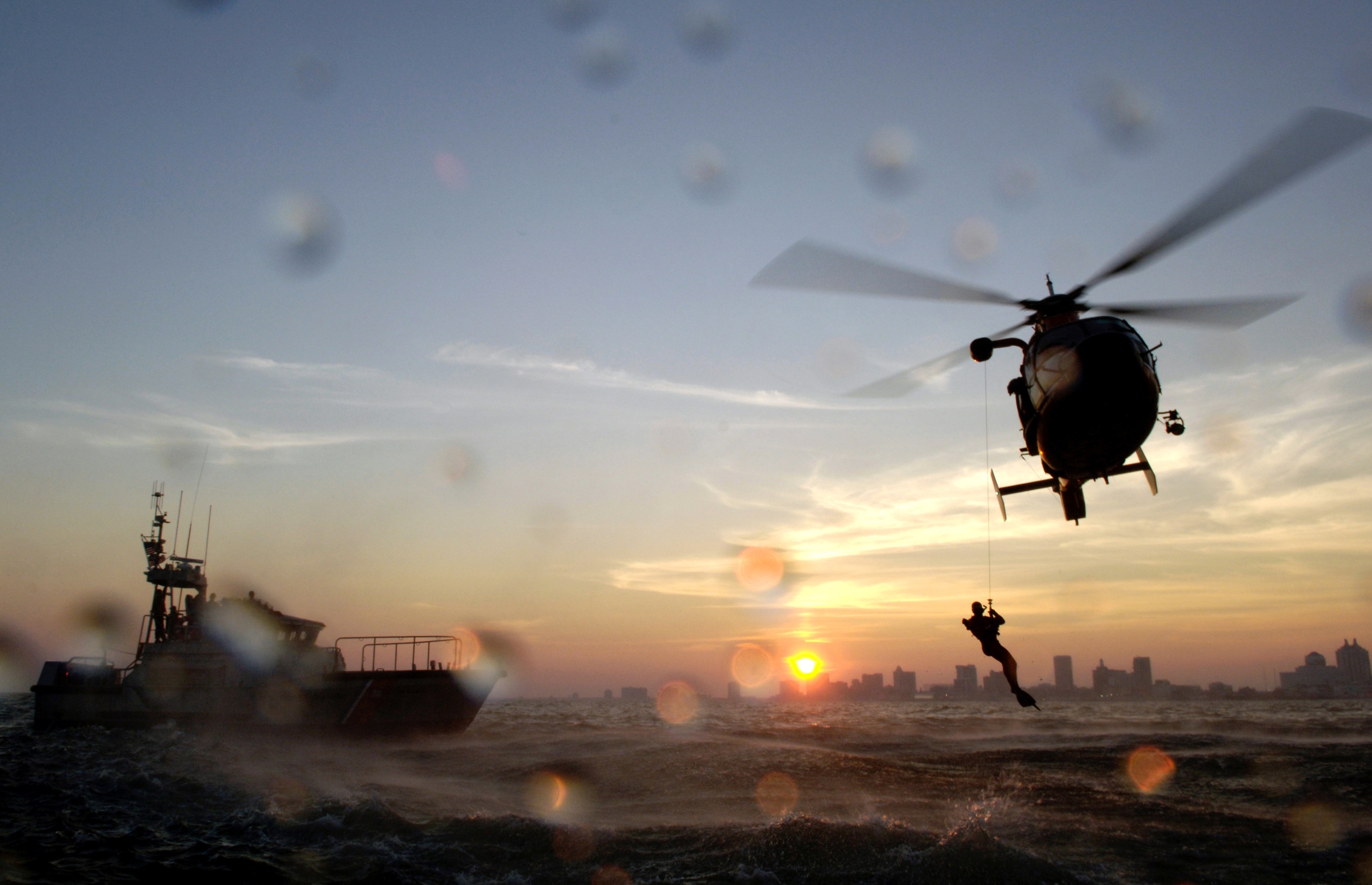
read image description
ALT
62
360
2,981
NOW: NASA leaders talk about lessons learned from our darkest days, how we can work together to build a strong safety culture. Our Day of Remembrance falls on Jan. 26, and the 20th anniversary of the Columbia space shuttle tragedy is Feb. 1. #NASARemembers
66
301
2,173
We’re partnering with to demonstrate a nuclear thermal rocket engine in space. This new engine would allow us to do more science and reach destinations faster—key steps for sending the first crewed mission to Mars. go.nasa.gov/3DaNirN
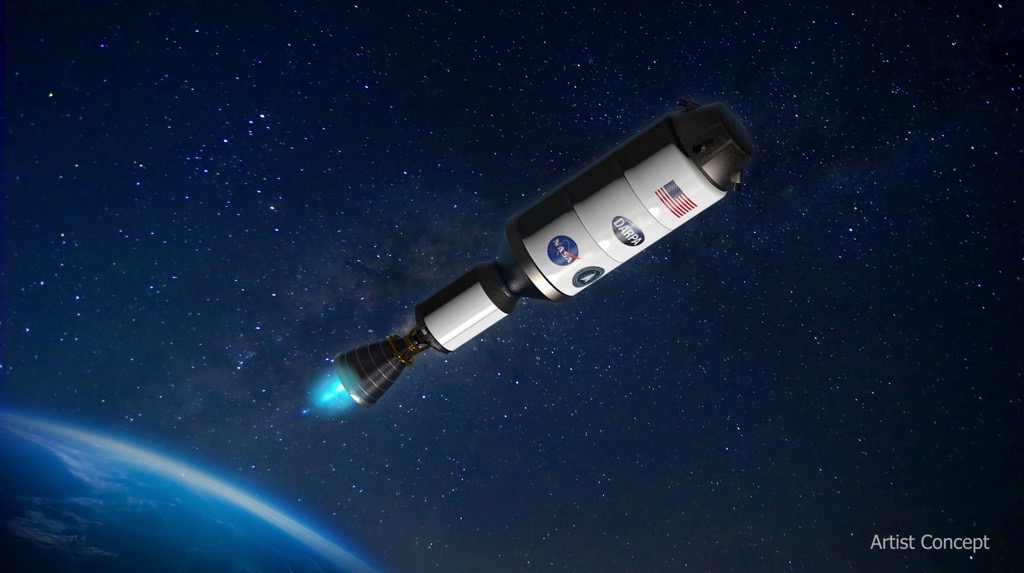
read image description
ALT
250
1,640
8,007
Live from the #AIAASciTech Forum, and join Director Stefanie Tompkins to launch a collaboration to advance space propulsion technology.
60
257
1,783
It's been nearly a year since arrived at its destination 1 million miles away. It completed the most complex deployment ever attempted in space, and returned the deepest infrared image ever seen. Have questions? Tag them #UnfoldTheUniverse.
805
2,969
25.1K
Our #Crew6 mission is scheduled to blast off to the next month. Want to go behind-the-scenes for the launch—and share it on social media?
Tell us what you'd do with the opportunity, and what you'd create. Apply by Friday, Jan. 27: go.nasa.gov/3Hse4OY

read image description
ALT
132
561
5,028
Need space? Subscribe to our newsletter for weekly updates on our missions and latest discoveries happening on Earth, the universe, and everything in between—all delivered right to your inbox: nasa.gov/subscribe
¡También en español! nasa.gov/suscribete

GIF
read image description
ALT
227
959
7,022
Astronauts prepared the for new solar arrays, found new clues to help predict solar flares, and announced plans to design new eco-friendly passenger aircraft.
Sign up to fly your name aboard our experimental aircraft: nasa.gov/flightlog/
108
532
3,674
This year, our Day of Remembrance falls on Thursday, Jan. 26. We'll pause to honor those who have lost their lives in the pursuit of discovery, including the crews of Apollo 1, Challenger, and Columbia. #NASARemembers
Our schedule of events & tributes: go.nasa.gov/3wCnKAd

read image description
ALT
103
554
4,973
Did you check off all your to-dos? There's always the next spacewalk.
and are safely back inside the after helping prepare the station for new roll-out solar arrays, with more to do on future spacewalks. go.nasa.gov/3wkVaCY
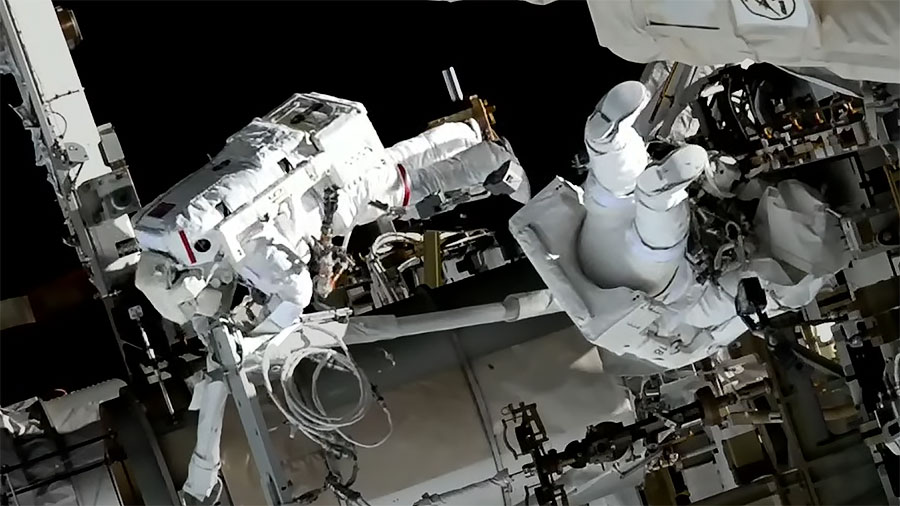
read image description
ALT
60
325
3,838
A view of a sunrise over the South Pacific ocean is seen outside the space station as spacewalkers Mann and Wakata begin to move to their worksite. 🤩🌅
119
1,195
5,942
Spacewalk update: Nicole Mann and Koichi Wakata set their spacesuits to battery power at 8:14am ET, marking the official start of today's spacewalk. The spacewalk is expected to last up to seven hours.
107
802
5,408
LIVE NOW: Watch Nicole Mann and astronaut Koichi Wakata as they step outside the for their first spacewalk. They will be assembling the mounting brackets in preparation for the station’s next set of solar arrays.
104
876
4,557
Ever wondered how space missions are created?
We're LIVE NOW with a robotics engineer who'll explain how we go from a napkin sketch to a fully-formed robot. Drop your questions in the chat at
99
180
1,629
Today, was greeted by NASA and California state leaders at Moffett Federal Airfield on his way to visit storm-damaged regions in the state.
Learn how our research could help predict extreme climate-related weather events: go.nasa.gov/3QTHngj
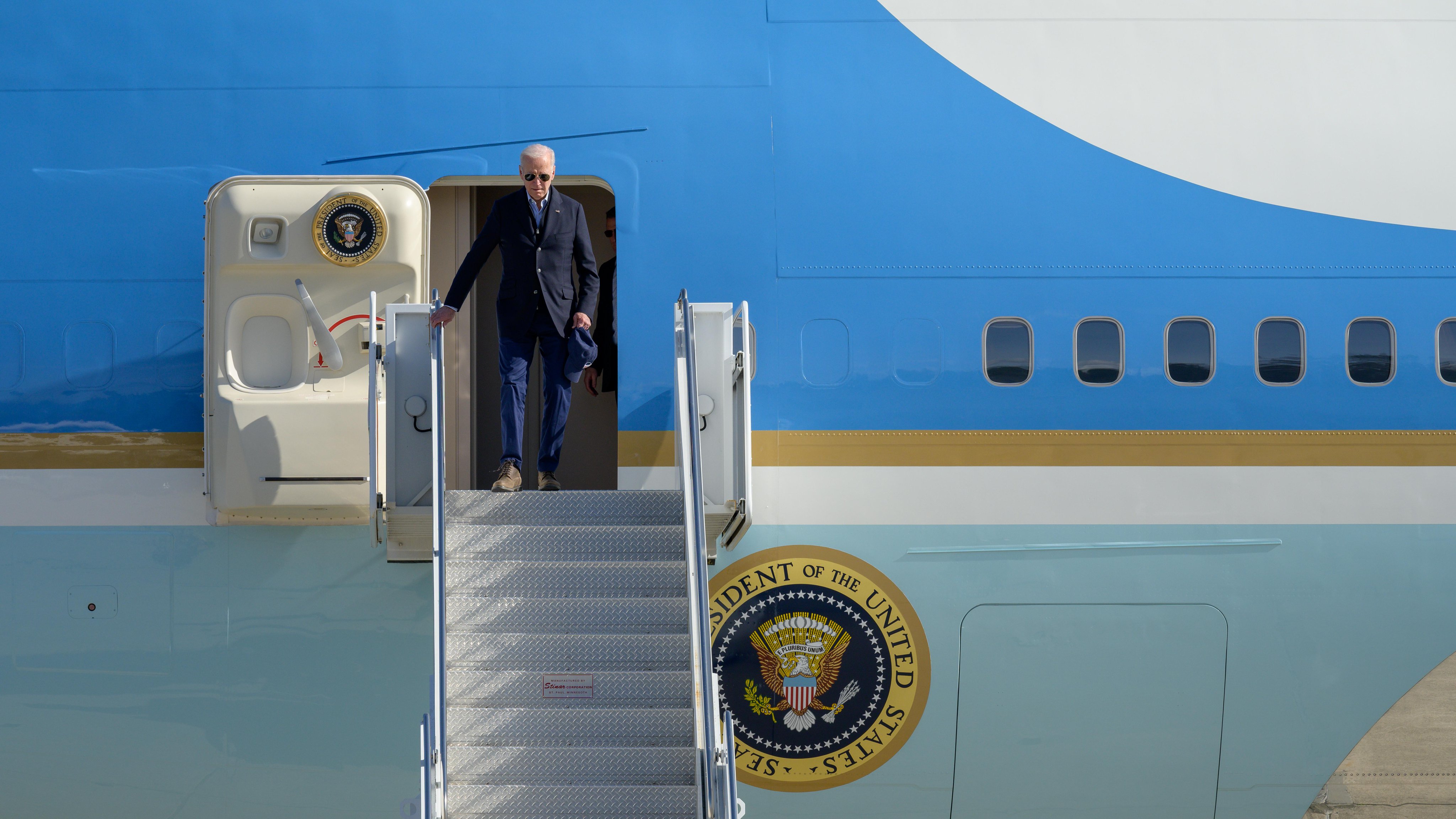
read image description
ALT

read image description
ALT
45
156
1,412
Would you go on a spacewalk?
Astronauts and would, and they're doing their first one on Jan. 20 to prepare the for new power upgrades. Our livestream starts at 7am ET (1200 UTC): youtu.be/M26s9nfQ7DA

read image description
ALT
242
537
4,427
#Crew6, our next mission to the , is now scheduled to lift off from no earlier than Sunday, Feb. 26.
Tune in next Wednesday, Jan. 25, for a mission overview and a briefing with the crew—share your questions with #AskNASA: go.nasa.gov/3XI5qAU

read image description
ALT
130
799
7,334
The #Artemis I mission has laid the groundwork for future astronauts to live and work on the Moon.
Watch live today at 1pm ET (18:00 UTC) as students across the country ask experts and leaders about what’s next: nasa.gov/live
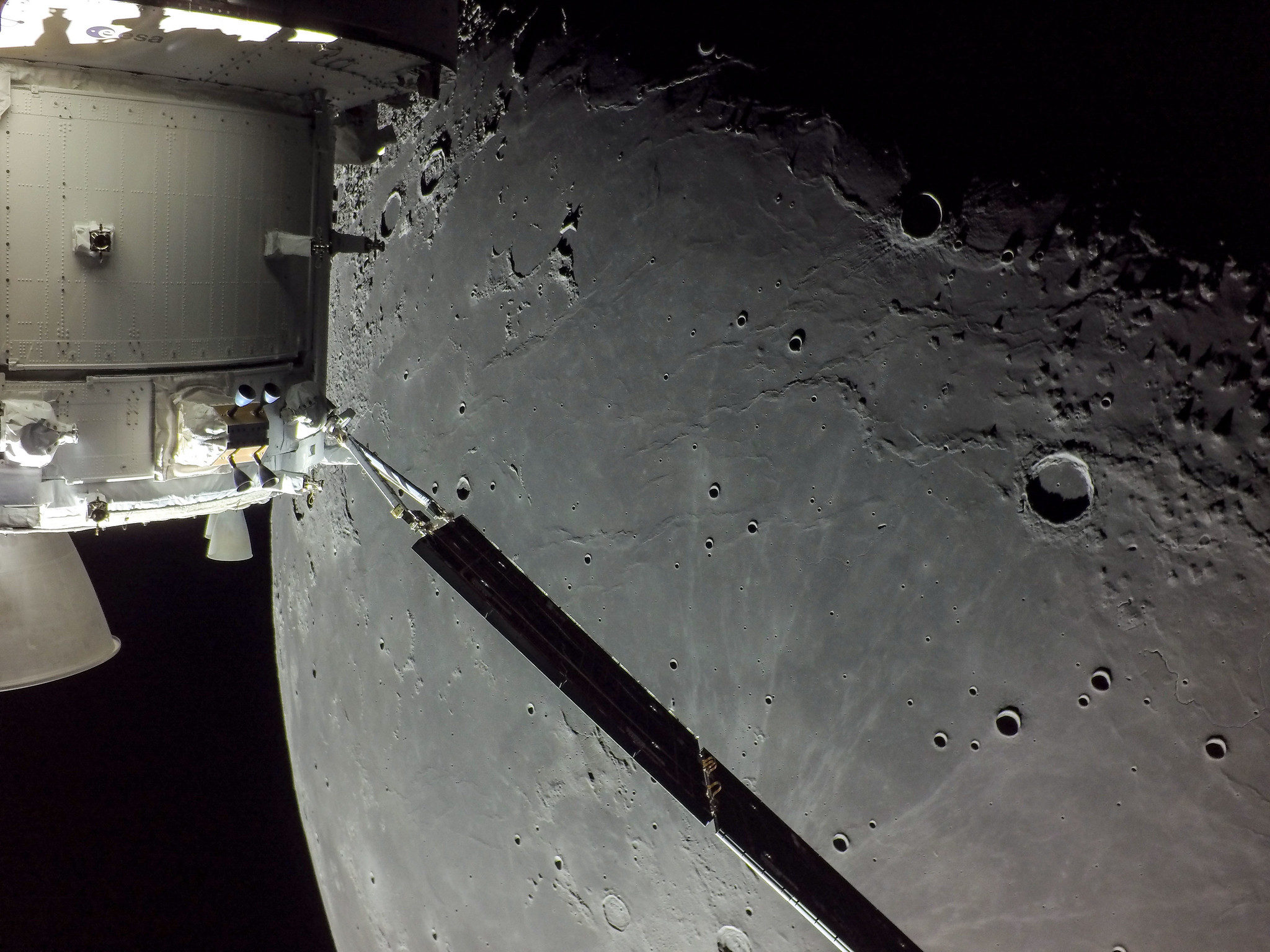
read image description
ALT
111
689
6,248
Is there weather on the Moon? Yes, but not the weather you’re used to. "Space weather" like solar wind can have a big impact on the Moon due its lack of atmosphere. Understanding this space weather will be critical as #Artemis explores the lunar surface. go.nasa.gov/3WmUB69
93
346
2,299
We’re partnering with to develop technologies for the next generation of single-aisle aircraft. We'll collaborate on a full-scale demonstrator by 2030 to help the U.S. achieve net-zero carbon emissions from aviation by 2050. Follow : go.nasa.gov/3QLmfJ6
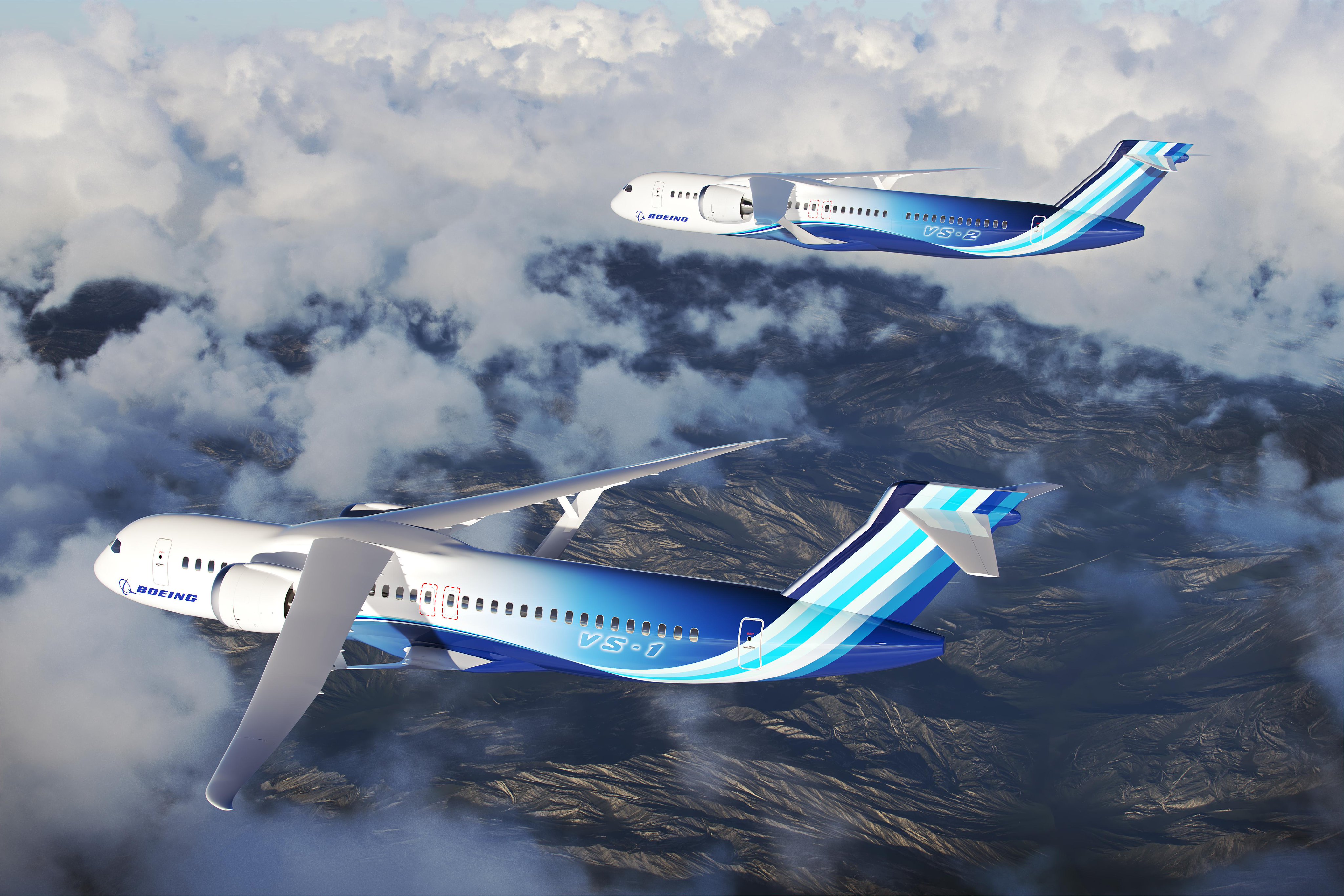
read image description
ALT
283
1,348
12K
Live: We’re announcing the next steps for our Sustainable Flight Demonstration project, which will create a large-scale demonstrator aircraft to develop technology and designs for a new generation of lower-emission single-aisle airliners.
71
363
2,575
LIVE: Preview the Jan. 20 spacewalk, where astronauts Nicole Mann and Wakata Koichi will install hardware for future power system upgrades to the .
217
485
3,140

